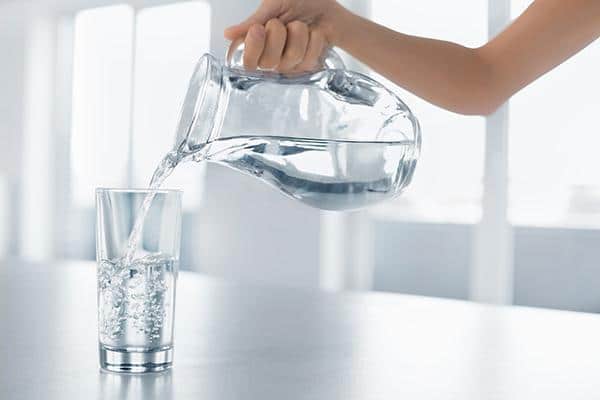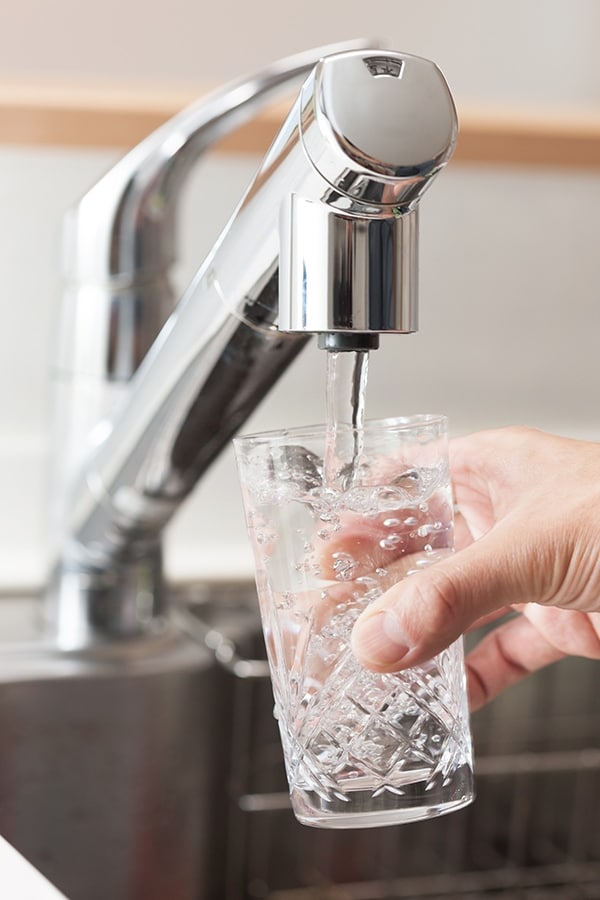The water crisis in Flint, Michigan served as a major wake-up call for Americans. Gone are the days where we could drink tap water worry-free. As more Americans express concern about the contaminants lurking in their drinking water, they’ve started turning to bottled water. With bottled water costing an average of $1.22 per gallon, Americans have spent a total of $11.8 billion on nearly 9.7 billion gallons of bottled water. On the other hand, American Water Works Association revealed that tap water is priced at only $0.004 a gallon, 1/300 cheaper than the cost of bottled water. However as we previously discussed, bottled water might not necessarily be healthier than tap water.
Our concerns on tap water might very well be validated. A study showed that every year from 1982 to 2015, between 9 to 45 million Americans obtained drinking water from a source that violated the guidelines set by the Environmental Protection Agency (EPA). In May 2019, researchers at the Environmental Working Group (EWG) and Northeastern University stated that only seven states do not have locations where water is contaminated with toxic fluorinated compounds (PFAS). Of the 10, 083 systems, 72% violated the Total Coliform Rule or other microbial breaches, which means that bacteria were found in the water. The issue of lead in our drinking water continuously crops up in various cities across the country. Approximately 6 million service pipes in America are made of lead, which means that more cities are at risk. While there is no acceptable safe level for lead in drinking water, the government consistently lacks funding to replace the lines. Many lakes, rivers, and groundwater contain natural compounds such as arsenic, man-made chemicals, and agricultural runoff which can negatively impact our health.
By examining 2,800 public water systems across California, the EWG discovered a total of 13 contaminants that exceeded the health standards in at least one of the water districts serving major cities in the Bay Area. These toxic pollutants were arsenic, bromodichloromethane, bromate, bromoform, chlorate, chloroform, chromium, dichloroacetic acid, hormones, manganese, radiological contaminants, trichloroacetic acid, and total trihalomethanes. Small communities that depend on groundwater as their water source are at a heightened risk for exposure to these contaminants.
Lead, probably the scariest contaminant to be found in water, can enter our drinking water through corrosion of plumbing materials that are made of lead, especially when the water registers high acidity or low mineral content. Newark, New Jersey’s largest city, has been handing out bottled water for the past month as their lead service pipes were corroded by the water’s increased acidity. Flint’s water crisis, however, was due to officials failing to add phosphate ions into the water. Phosphate ions must be continuously added to the water to maintain the crust on the inside of the pipes, which prevents lead from leaching into the water. Without phosphate, the crust broke down, causing lead to enter the water supply. Young children and babies are more susceptible to lead because its effects occur at lower exposure levels in children than in adults. Lead can damage the central and peripheral nervous system, lead to difficulties in learning, stunted growth, damaged hearing, impaired formation and function of blood cells.
What’s good for us can also be bad for us. On the good side, chlorine and chloramine, are commonly used to disinfect our drinking water. However, they also dry out your skin, damage your hair, and could negatively affect the taste of the water. Fluoride is good for us because it reduces tooth decay and cavities. However ingesting fluoride can also lead to fluorosis, which is why we recommend it be filtered out.
Our Kinetico K5 Drinking Water Station along with its optional auxiliary filters, is certified to remove more contaminants than any other residential unit on the market. In fact, it is the only reverse osmosis system that removes hexavalent chromium from your water. You can also enjoy an improved flow as the system produces up to 40 gallons of purified drinking water per day. Hoping to enjoy clean, filtered water? Give us a call at 408 371 5521 or visit our website to set up a free onsite water consultation.

Your Home is Your Haven
Never has the saying “Your home is your haven” been more true. Since March of 2020, the entire world has been grappling with an unforeseen pandemic that threw Americans into…
Continue Reading

